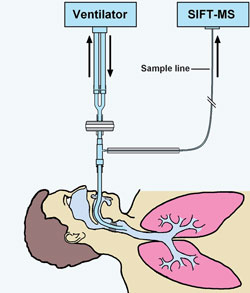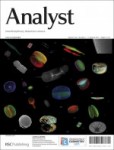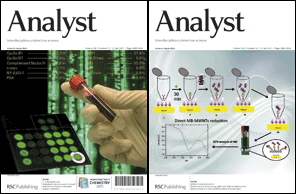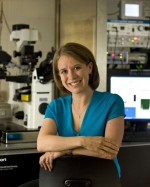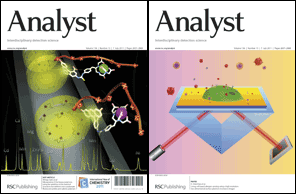
On exposure to water, the "soaking" action of the polymer is analogous to the behaviour of a sponge.
This paper explains why the conducting polymer poly(3,4-ethylenedioxythiophene):poly(styrene sulfonate), regularly used for the preparation of solid-contact ion-selective electrodes, does not show evidence for a water layer. One of the referees commented that ‘this manuscript clarifies an issue that has been puzzling me for a few years now.’ These findings will aid those working in the chemical sensors community by helping to understand the physical state of the polymer layers in solid-contact ion-selective electrodes when they are exposed to solutions.
Read the paper for free until 17th August.
Water uptake in the hydrophilic poly(3,4-ethylenedioxythiophene):poly(styrene sulfonate) solid-contact of all-solid-state polymeric ion-selective electrodes
Jean-Pierre Veder, Roland De Marco, Graeme Clarke, San Ping Jiang, Kathryn Prince, Ernö Pretsch and Eric Bakker
Analyst
DOI: 10.1039/C1AN15267J
You might also find this Analyst paper interesting….
Tuning the gas sensing performance of single PEDOT nanowire devices
Carlos M. Hangarter, Sandra C. Hernandez, Xueing He, Nicha Chartuprayoon, Yong Ho Choa and Nosang V. Myung
Analyst, 2011, 136, 2350-2358
DOI: 10.1039/C0AN01000f













